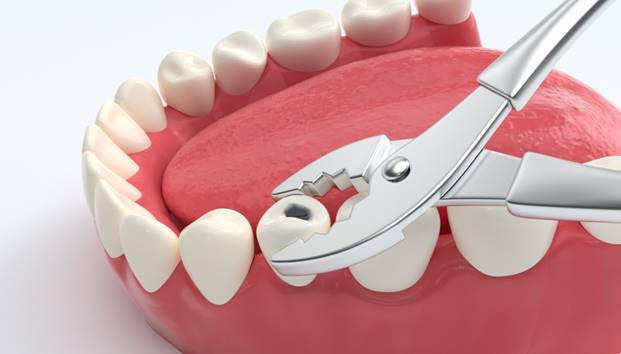Wisdom teeth removal is a common dental procedure that many people undergo, typically between the ages of 17 and 25. These third molars often cause problems, such as pain, crowding, or infections, due to limited space in the jaw. Understanding the process can ease anxiety and help you prepare. Here’s a detailed step-by-step guide on what to expect during wisdom teeth removal.
Why Do You Need Wisdom Teeth Removal?
Wisdom teeth may need to be removed for several reasons, including:
- Impaction: When teeth don’t fully erupt, they can become trapped in the jawbone or gums, leading to pain and swelling.
- Crowding: Extra molars can push other teeth out of alignment, impacting your bite.
- Infections and Decay: Partially erupted wisdom teeth are difficult to clean, making them prone to cavities and gum infections.
- Cysts or Tumors: In rare cases, impacted wisdom teeth can cause cysts that damage the jawbone or surrounding teeth.
Preparing for the Procedure
- Consultation and Examination: Your dentist or oral surgeon will evaluate your teeth using X-rays to determine the position of your wisdom teeth and the complexity of the extraction.
- Discussion of Anesthesia Options: You’ll discuss anesthesia choices, including:
- Local anesthesia (numbing the area)
- Sedation anesthesia (to relax and minimize awareness)
- General anesthesia (rendering you completely unconscious)
- Pre-Operative Instructions: You may be advised to avoid eating or drinking for a few hours before surgery, especially if undergoing general anesthesia.
Step 1: Administering Anesthesia
The procedure begins with the administration of the chosen anesthesia. This ensures a pain-free experience. If general anesthesia is used, you’ll be monitored closely for vital signs throughout the procedure.
Step 2: Incision and Exposure
Once the area is numb or you are sedated:
- The oral surgeon makes an incision in the gum tissue to expose the wisdom tooth and bone.
- Any bone blocking access to the tooth root is removed.
Step 3: Tooth Extraction
- If the tooth is impacted or large, it may be sectioned into smaller pieces for easier removal.
- The surgeon carefully extracts the tooth, ensuring minimal disruption to surrounding bone and tissue.
Step 4: Cleaning and Closing the Site
- The extraction site is thoroughly cleaned to remove any debris or bone fragments.
- Stitches may be used to close the gum incision, depending on the complexity of the extraction. These stitches may dissolve on their own over time.
Step 5: Post-Operative Care
- Gauze is placed over the extraction site to control bleeding and promote clot formation.
- You’ll be monitored for a short period before being allowed to go home, especially if sedation or general anesthesia was used.
Recovery and Aftercare Tips
Proper aftercare is crucial for a smooth recovery:
- Pain Management: Over-the-counter pain relievers or prescribed medication can help manage discomfort.
- Swelling Control: Apply ice packs to reduce swelling.
- Diet and Hydration: Stick to soft foods and avoid hot, spicy, or crunchy items that could irritate the extraction site.
- Oral Hygiene: Gently rinse with warm salt water but avoid vigorous rinsing to prevent dislodging the blood clot.
- Activity Level: Rest for at least 24-48 hours to allow proper healing.
Potential Complications and When to Call Your Dentist
While complications are rare, be aware of the following:
- Dry Socket: This occurs when the blood clot dislodges, exposing the bone and nerves, leading to severe pain.
- Infection: Watch for symptoms like fever, pus, or increased swelling.
- Nerve Damage: Temporary numbness or tingling can occur, especially if the lower wisdom teeth were close to nerves.
If you experience severe pain, bleeding that doesn’t stop, or signs of infection, contact your dentist or oral surgeon immediately.
Conclusion: Preparing for a Smooth Wisdom Teeth Removal
Wisdom teeth removal is a routine procedure that can prevent future dental issues. Knowing what to expect during each step can ease anxiety and help you prepare better. By following post-operative care instructions, you can ensure a smooth recovery.
If you’re experiencing pain or discomfort from your wisdom teeth, consult your dentist to determine if extraction is necessary.




